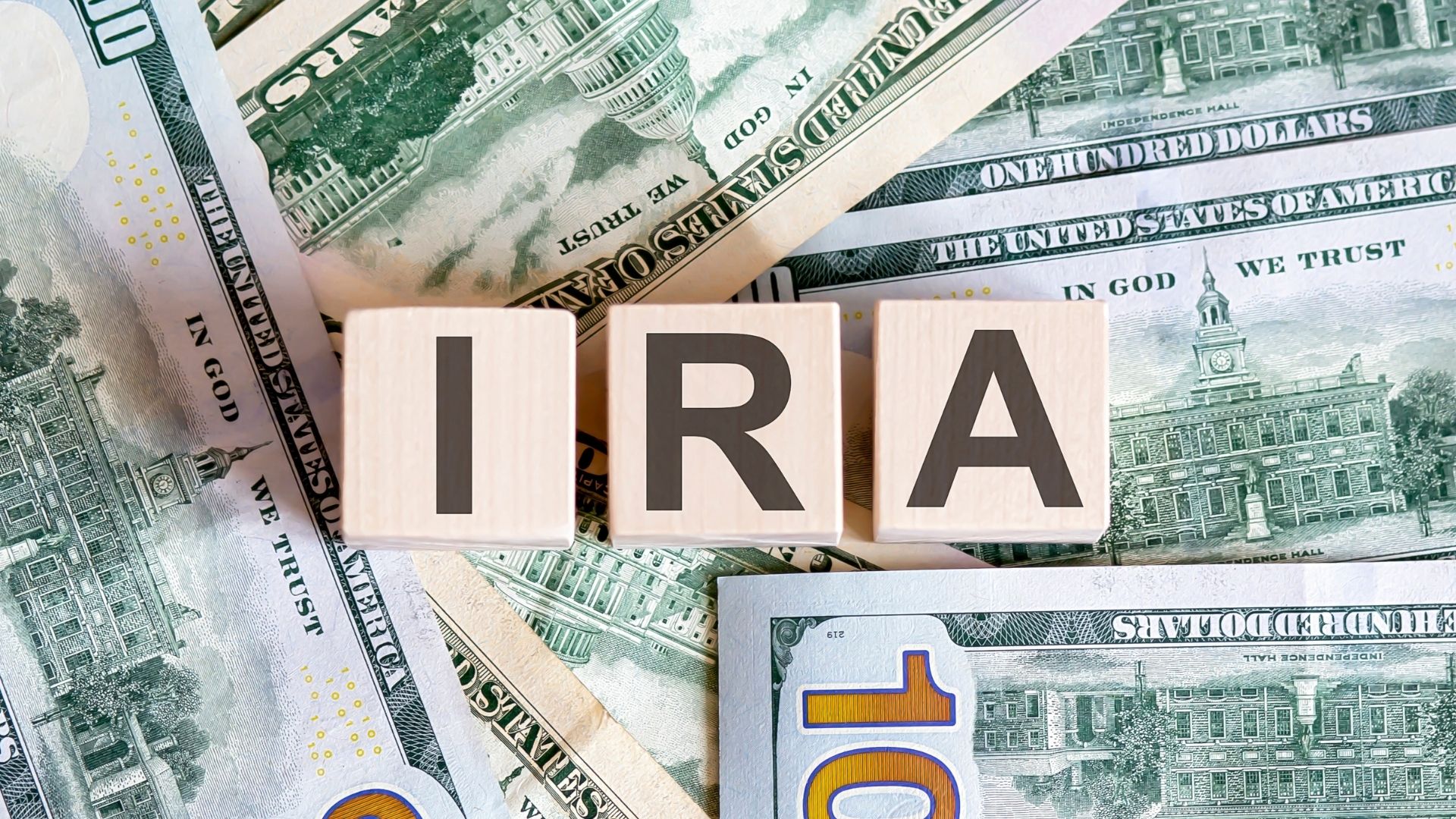In our family, we try to pass down important knowledge, wise lessons, delicious recipes, and engaging stories. The tradition of passing down generational wealth and financial literacy to help set up our kids for the future is more important than some think.
By setting up an individual retirement account (IRA), your child will already have money set aside for their college funds, first home, or retirement. According to the IRS, your child, regardless of age, can contribute to an IRA if they have earned taxable income or wages.
Below, we’ll look at the pros of opening an IRA account for your child.
The Advantages of IRAs for Kids
IRAs offer benefits for children in the present and the future. Besides building a fund for your child’s future, there are other pros of opening an IRA account for a child that includes:
Financial Literacy
Opening an IRA for your child will give them a head start on saving and provide valuable financial lessons. You can use this account to teach them about earning, spending, saving, and building healthy financial relationships.
Emergency Fund
Accidents happen, and the owner of the IRA can withdraw money in case of an emergency. However, withdrawing will be subject to taxes plus a 10% fee for early withdrawal.
Education Expenses
The account holder can withdraw money for college but will pay taxes on the earnings. There is no 10% early withdrawal fee if they use the money for educational expenses (tuition, books, supplies, room and board, etc.)
Buying a Home
The account holder can withdraw money from their IRA to purchase a home before reaching 59 years old. The account holder must use the funds for a down payment or closing costs, and the withdrawal limit is $10,000. Early withdrawal for buying a home is tax and penalty-free.
Which Types of IRA are Available for Your Child?
There are two types of IRAs available for children: Roth and traditional. The main difference between the two is at what point you pay taxes on the money you contribute to the account.
With a Traditional IRA, you will pay taxes when you withdraw money during retirement at an applicable tax rate. Both your contributions and the earnings they’ve accumulated are considered pre-tax.
However, with a Roth IRA, you pay taxes when you put money in the account, so all funds, contributions, and earnings are considered after-tax.
How To Open an IRA for Your Child
There’s no particular way to open an IRA account for your child. However, by law, banks, brokers, and investment companies require a guardian or custodial account if your child is a minor (under 18 in most states; under 19 and 21 in others). The parent (custodian) controls the assets in the IRA, making all decisions until the child reaches adulthood, and then the account is turned over to them.
You must open the IRA account in your child’s name and social security number.
Funding Your Child’s IRA
Your child can contribute to their IRA at any age if they’ve earned income from a job. For 2021 and 2022, the maximum amount your child can contribute to an IRA is the lesser of $6,000 or their taxable earnings that year.
For example, if your child earned $1,000 this year, they could contribute up to $1,000. Or, if your child earned $15,000, they could only contribute $6,000, the maximum. However, If your child didn’t make any earnings, they could not contribute to the account.
The money they earn CAN NOT be an allowance or cash gift given to the child.








Leave a Reply